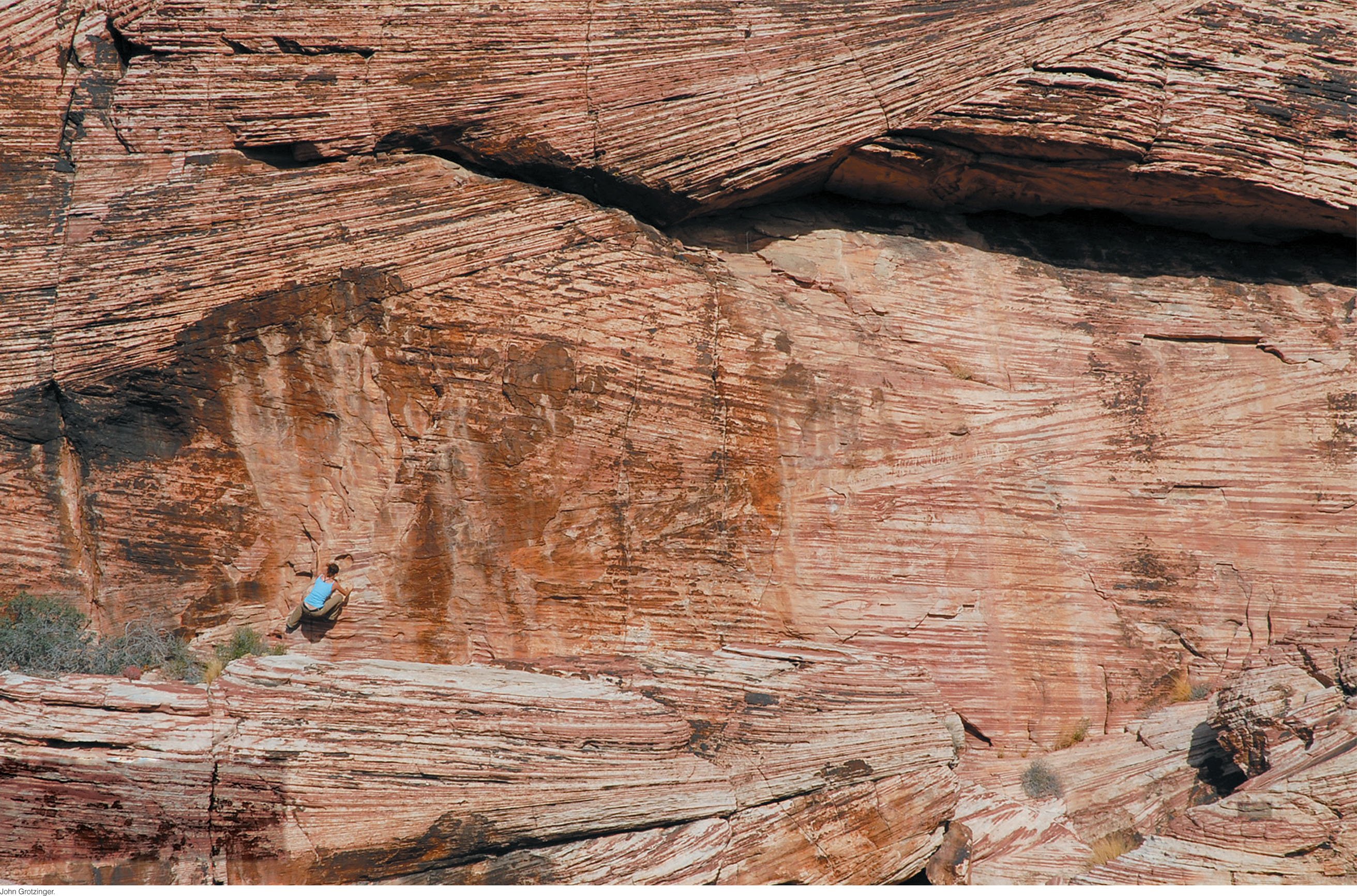114

SEDIMENTATION: ROCKS FORMED BY SURFACE PROCESSES
 Surface Processes of the Rock Cycle
Surface Processes of the Rock Cycle Sedimentary Basins: The Sinks for Sediments
Sedimentary Basins: The Sinks for Sediments Sedimentary Environments
Sedimentary Environments Sedimentary Structures
Sedimentary Structures Burial and Diagenesis: From Sediment to Rock
Burial and Diagenesis: From Sediment to Rock Classification of Siliciclastic Sediments and Sedimentary Rocks
Classification of Siliciclastic Sediments and Sedimentary Rocks Classification of Chemical and Biological Sediments and Sedimentary Rocks
Classification of Chemical and Biological Sediments and Sedimentary Rocks
115
MUCH OF EARTH’S SURFACE, including its seafloor, is covered with sediments. These layers of loose particles have diverse origins. Most sediments are created by weathering of the continental crust. Some are the remains of mineral shells secreted by organisms. Still others consist of inorganic crystals that precipitated when dissolved chemicals in oceans and lakes combined to form new minerals.
Sedimentary rocks were once sediments, so they are records of the conditions at Earth’s surface when and where those sediments were deposited. Geologists can work backward to infer the sources of the sediments from which the rocks were formed and the kinds of places in which the sediments were originally deposited. The top of Mount Everest, for example, is composed of fossiliferous (fossil-containing) limestones. Because we know that such limestones are formed from carbonate minerals in seawater, we can conclude that Mount Everest must once have been part of an ocean floor! This kind of analysis can be applied just as well to ancient shorelines, mountains, plains, deserts, and wetlands. By reconstructing such environments, we can map the continents and oceans of long ago.
Sedimentary rocks may also reveal former plate tectonic events and processes by their presence within or adjacent to volcanic island arcs, continental rift valleys, or collisional or volcanic mountain belts. In cases in which sediments and sedimentary rocks are derived from the weathering of preexisting rocks, we can form hypotheses about ancient climates and environments. We can also use sedimentary rocks formed by precipitation from seawater to read the history of changes in Earth’s climate and seawater chemistry.
The study of sediments and sedimentary rocks has great practical value as well. Oil, natural gas, and coal, our most valuable fossil-fuel resources, are found in these rocks. A number of other important mineral resources are also sedimentary, such as the phosphate rock used for fertilizer and much of the world’s iron ore. Knowing how these kinds of sediments form helps us to find and use these limited resources.
116
Finally, because virtually all sedimentary processes take place at or near Earth’s surface where we humans live, they provide a background for our understanding of environmental problems. We once studied sedimentary rocks primarily to understand how to exploit the natural resources just mentioned. Increasingly, however, we study these rocks to improve our understanding of Earth’s environment.
In this chapter, we will see how the surface processes of the rock cycle produce sediments and sedimentary rocks. We will describe the compositions, textures, and structures of sediments and sedimentary rocks and examine how they correlate with the kinds of environments in which the sediments and rocks are laid down. Throughout the chapter, we will apply our understanding of sediment origins to the study of human environmental problems and to the exploration for energy and mineral resources.